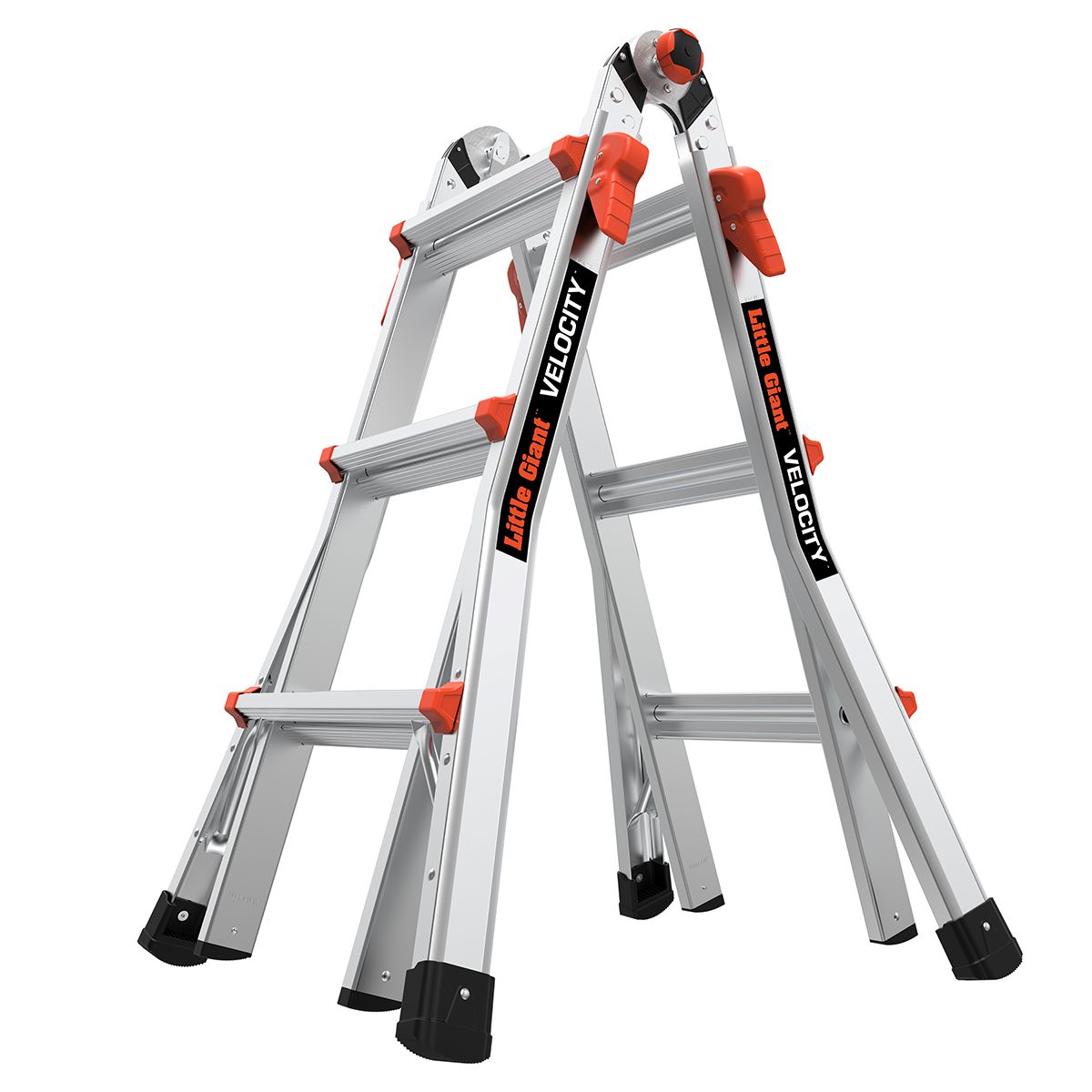

Articles
How To Set Up Little Giant Ladder
Modified: October 31, 2024
Discover step-by-step instructions on setting up your Little Giant ladder with our informative articles. Gain confidence and safety with proper ladder setup techniques.
(Many of the links in this article redirect to a specific reviewed product. Your purchase of these products through affiliate links helps to generate commission for Storables.com, at no extra cost. Learn more)
Introduction
Welcome to the world of Little Giant Ladders! If you are in need of a versatile and reliable ladder for various tasks, then you have come to the right place. Little Giant Ladders are known for their innovative design, superior quality, and exceptional safety features. Whether you are a professional contractor or a DIY enthusiast, a Little Giant Ladder is a must-have tool in your arsenal.
In this article, we will guide you through the process of setting up your Little Giant Ladder, ensuring your safety throughout. We will cover everything from unboxing and inspection to adjusting the height, using the ladder safely, and even maintenance tips.
Before we dive into the details, it’s important to note that safety should always be your top priority when working with ladders. We highly recommend reading the instruction manual that comes with your Little Giant Ladder and following all safety precautions. Always take the time to assess the work area, wear appropriate protective gear, and use common sense to avoid accidents.
Now, let’s get started with setting up your Little Giant Ladder and embark on your journey to safe and efficient work at heights!
Key Takeaways:
- Safety First!
Inspect, set up, and use your Little Giant Ladder with utmost caution. Prioritize safety by following the manufacturer’s guidelines, maintaining stability, and avoiding overreaching to prevent accidents and ensure a secure work environment. - Maintenance Matters
Regularly inspect, clean, and store your Little Giant Ladder properly to prolong its lifespan and ensure ongoing safety. Adhere to weight limits, check locking mechanisms, and follow maintenance guidelines to keep your ladder in excellent condition.
Read more: Where To Buy The Little Giant Ladder
Safety Precautions
Before you begin using your Little Giant Ladder, it’s crucial to familiarize yourself with the safety precautions to minimize the risk of accidents. Here are some important safety tips to keep in mind:
- Inspect the ladder before every use: Before setting up the ladder, carefully examine it for any signs of damage, such as bent or missing rungs, loose hinges, or cracked parts. If you notice any issues, do not use the ladder and contact the manufacturer for assistance.
- Choose the right ladder for the job: Little Giant Ladders come in various models and sizes, each designed for specific applications and weight capacities. Ensure that you select a ladder that can safely support your weight and the weight of any equipment or materials you will be carrying.
- Ensure stable footing: Before climbing up the ladder, make sure it is on a flat and stable surface. Avoid using the ladder on unstable ground or slippery surfaces, as this can lead to accidents.
- Maintain three points of contact: Always maintain three points of contact with the ladder, either two hands and one foot or two feet and one hand. This will provide stability and prevent falls.
- Do not exceed the weight capacity: The weight capacity of the ladder is indicated on the manufacturer’s label. Do not exceed this limit, as it can compromise the ladder’s stability and pose a safety risk.
- Avoid overreaching: It’s tempting to lean or stretch while on the ladder, but overreaching can cause loss of balance and increase the risk of falling. To reach areas outside your range, reposition the ladder instead.
- Do not leave the ladder unattended: Never leave the ladder unattended, especially if there are children or pets around. It only takes a moment for an accident to occur.
- Avoid electrical hazards: If you need to work near power lines or electrical equipment, choose a non-conductive ladder to minimize the risk of electric shock.
Remember, these safety precautions are just a starting point. Always refer to the instruction manual provided by the manufacturer for specific safety guidelines and recommendations for your particular model of Little Giant Ladder. Taking the time to follow these precautions will ensure a safe and productive work environment every time you use your ladder.
Unboxing and Initial Inspection
Before you start using your Little Giant Ladder, it’s important to unbox it properly and conduct an initial inspection to ensure everything is in order. Follow these steps to get started:
- Find a clean and spacious area: Choose a well-lit area where you can comfortably unbox and inspect your ladder. This will make the process easier and help you identify any potential issues.
- Open the packaging: Carefully remove the packaging materials, including any shrink wrap or plastic covers. Take care not to use any sharp objects that could damage the ladder or cause injury.
- Inspect the ladder components: Check each component of the ladder, including the base, rungs, hinges, and locks. Look for any signs of damage, such as dents, cracks, or loose parts. If you notice any issues, contact the manufacturer for further assistance.
- Check the instruction manual: Locate the instruction manual included with your Little Giant Ladder and read it thoroughly. The manual will provide important information on how to properly assemble, adjust, and use the ladder, as well as any specific safety precautions.
- Identify the locking mechanisms: Familiarize yourself with the different locking mechanisms of your ladder, such as the hinge locks and spreader locks. Understand how they work and ensure they are functioning properly.
- Test the ladder’s stability: Set up the ladder on a flat and stable surface and perform a stability test. Gently move the ladder side to side and ensure that it does not wobble or tip over. If you notice any instability, double-check that the ladder is properly adjusted and locked in place.
By following these steps, you will ensure that your Little Giant Ladder is in good condition and ready for use. Remember, it’s essential to inspect and test your ladder before each use to maintain optimum safety.
Adjusting the Height
One of the key features of the Little Giant Ladder is its ability to adjust to various heights, allowing you to tackle different tasks with ease. Here’s a step-by-step guide on how to adjust the height of your ladder:
- Secure the ladder on a stable surface: Before adjusting the height, ensure that your ladder is set up on a flat and stable surface. This will provide a secure base for the ladder and prevent any accidents.
- Identify the locking mechanisms: Familiarize yourself with the hinge locks and spreader locks on your ladder. These locks are designed to keep the ladder in a fixed position at the desired height.
- Unlock the hinge locks: If you need to adjust the height of the ladder, unlock the hinge locks by lifting the hinge release levers. This will allow you to extend or retract the ladder as needed.
- Adjust the ladder’s height: Once the hinge locks are unlocked, carefully extend or retract the ladder to your desired height. Make sure to keep your hands away from the hinge area to prevent any injuries.
- Engage the hinge locks: Once you have set the ladder to the desired height, engage the hinge locks by pushing down on the hinge release levers. This will lock the ladder in place and ensure stability during use.
It’s important to note that when adjusting the height of your Little Giant Ladder, you should never go beyond the recommended maximum height indicated by the manufacturer. Exceeding the maximum height can compromise the ladder’s stability and pose a safety risk.
Additionally, always make sure that the ladder is fully extended and the hinge locks are engaged before stepping on it. This will ensure that the ladder is stable and secure, providing you with a safe working platform.
By following these steps, you can easily adjust the height of your Little Giant Ladder to meet your specific needs, making it a versatile tool for a wide range of tasks.
Locking Mechanisms
The locking mechanisms on your Little Giant Ladder are essential for maintaining stability and ensuring your safety while using the ladder. Understanding how these different locking mechanisms work is crucial. Here are the key locking mechanisms you’ll encounter:
- Hinge Locks: The hinge locks are located on the sides of the ladder. These locks keep the ladder in a fixed position and prevent it from accidentally folding or collapsing. To unlock the hinge locks, lift the hinge release levers. When you have adjusted the ladder to the desired height, push down on the hinge release levers to engage the hinge locks and secure the ladder.
- Spreader Locks: The spreader locks are at the base of the ladder, near the spreader bars. These locks secure the spreader bars and prevent them from unintentionally moving or spreading apart. To unlock the spreader locks, lift the spreader release levers. When you set up the ladder, make sure that the spreader bars are fully extended and engage the spreader locks by pushing down on the spreader release levers.
It’s important to double-check that both the hinge locks and spreader locks are engaged before using your ladder. This ensures that the ladder is properly locked in place, providing stability and safety.
Remember to always follow the instructions provided by the manufacturer on how to correctly lock and unlock the ladder. Different models of Little Giant Ladders may have slight variations in the locking mechanisms, so refer to the instruction manual for specific details.
If you experience any difficulties with the locking mechanisms or notice any issues, such as locks not engaging or disengaging properly, contact the manufacturer for assistance. Do not attempt to use a ladder with faulty or ineffective locking mechanisms, as it can compromise your safety.
By understanding and properly utilizing the locking mechanisms on your Little Giant Ladder, you can ensure its stability, reducing the risk of accidents and maintaining a secure working environment.
When setting up a Little Giant ladder, always make sure all hinges and locks are securely engaged before climbing. This will ensure the ladder is stable and safe to use.
Read more: How Tall Is Little Giant Ladder
Setting Up the Ladder
The process of setting up your Little Giant Ladder is straightforward and can be done in a few simple steps. Follow these instructions to ensure a safe and proper setup:
- Select the appropriate ladder configuration: Determine the ladder configuration that best suits your needs for the specific task. Little Giant Ladders offer various configurations like A-frame, extension, and scaffolding, providing versatility for different applications.
- Secure the ladder on a stable surface: Place the ladder on a flat and stable surface, ensuring that it is level and will not wobble or tip over during use. Avoid setting up the ladder on uneven or slippery surfaces.
- Extend the ladder: Gradually extend the ladder one section at a time, making sure each section locks securely into place. It’s important to listen and feel for the audible click or latch when extending the ladder to ensure full engagement.
- Lock the hinge and spreader locks: Once the ladder is fully extended, lock the hinge locks on the sides of the ladder and engage the spreader locks at the base. This step ensures that the ladder remains stable and secure during use.
- Position the ladder at the desired angle: Decide on the angle at which you want to position the ladder. For A-frame configuration, the ladder should be opened up and standing at a comfortable angle, allowing for safe and easy access. If using as an extension ladder, position it leaning against a stable support structure at the appropriate angle.
- Double-check stability: Before climbing up the ladder, give it a gentle shake to ensure it is stable and properly set up. If you notice any wobbling or instability, readjust the ladder and confirm that all locks are engaged.
Always remember to follow the specific instructions provided by the manufacturer for your model of Little Giant Ladder. Each ladder may have slight variations in setup procedures, so referring to the instruction manual is essential.
By properly setting up your Little Giant Ladder, you can ensure a stable and safe platform for your work, minimizing the risk of accidents and allowing you to perform tasks with confidence.
Using the Ladder Safely
Once your Little Giant Ladder is properly set up, it’s essential to follow safety guidelines to ensure your well-being while working at heights. Here are some important tips for using your ladder safely:
- Position yourself correctly: When climbing the ladder, always face the ladder and maintain a firm grip on the rungs or side rails. Avoid leaning too far to either side, as it can cause loss of balance and potential falls.
- Maintain three points of contact: Always have three points of contact on the ladder, either two hands and one foot or two feet and one hand. This provides stability and reduces the risk of slipping or falling.
- Distribute weight evenly: Make sure to distribute your weight evenly on the ladder to maintain stability. Avoid leaning too heavily on one side or overreaching, as it can cause the ladder to tilt or lose balance.
- Avoid excessive reaching: Overreaching is a common cause of ladder accidents. Instead of stretching too far, reposition the ladder closer to the area you need to access. It may take a little extra time, but it significantly reduces the risk of falling.
- Do not exceed weight limit: Every ladder has a maximum weight capacity specified by the manufacturer. Do not exceed this limit, as it compromises the ladder’s stability and increases the chances of accidents.
- Use caution in adverse conditions: Avoid using the ladder in adverse weather conditions such as strong winds, rain, or snow. Slippery surfaces can make it more difficult to maintain balance and proper footing.
- Do not leave the ladder unattended: Never leave the ladder unattended, especially if there are children or pets around. It only takes a moment for an accident to occur.
- Use fall protection equipment if necessary: Depending on the height and nature of your work, consider using fall protection equipment such as harnesses and safety ropes. These can provide an additional layer of protection in case of a fall.
- Follow safety regulations and guidelines: Familiarize yourself with any industry-specific safety regulations or guidelines that apply to your work. This will ensure that you are taking all necessary precautions for a safe working environment.
Remember that these safety tips are just a starting point. Always refer to the instruction manual provided by the manufacturer for specific safety guidelines and recommendations for your model of Little Giant Ladder.
By following these safety precautions and using your Little Giant Ladder responsibly, you can create a secure working environment and minimize the risk of accidents or injuries.
Folding and Storing the Ladder
Properly folding and storing your Little Giant Ladder is crucial for maintaining its longevity and ensuring safety. Here are the steps to follow:
- Clear the surrounding area: Before folding the ladder, make sure the area around it is free from any obstacles or debris. This will prevent any accidents or damage during the folding process.
- Unlock the hinge locks: To begin folding the ladder, unlock the hinge locks by lifting the hinge release levers located on the sides of the ladder. This will allow the ladder to move freely.
- Fold the ladder in an accordion-style: Start folding the ladder by bringing each section towards the middle in an accordion-like motion. Ensure that the rungs or steps are facing inwards while folding.
- Secure the ladder with the included clips or straps: Once the ladder is folded completely, use the provided clips or straps to secure it in place. This will prevent the ladder from accidentally unfolding during storage or transportation.
- Choose an appropriate storage location: Store your Little Giant Ladder in a clean, dry, and secure area. Avoid exposing it to extreme temperatures or direct sunlight, as this can cause damage to the ladder’s materials.
- Consider using wall-mounted brackets or racks: To save space and ensure safe storage, you may choose to use wall-mounted brackets or racks specifically designed for Little Giant Ladders. These accessories securely hold the ladder and keep it off the ground.
It’s important to carefully follow the manufacturer’s instructions for folding and storing your specific model of Little Giant Ladder. Depending on the ladder configuration and features, there may be slight variations in the folding process.
Regularly inspect the ladder during storage for any signs of damage or wear. If you notice any issues, such as loose or damaged parts, contact the manufacturer for assistance before using the ladder again.
By properly folding and storing your Little Giant Ladder, you not only protect the ladder from damage but also create a clutter-free and safe workspace.
Maintenance and Cleaning Tips
To keep your Little Giant Ladder in optimal condition and prolong its lifespan, regular maintenance and cleaning are essential. Here are some maintenance tips to follow:
- Inspect the ladder before each use: Before every use, visually inspect the ladder for any signs of damage or wear. Check for loose or missing parts, cracks, dents, or bent rungs. If you notice any issues, do not use the ladder and contact the manufacturer for repair or replacement.
- Keep the ladder clean: Regularly clean your ladder to remove dirt, dust, and other debris. Use a mild detergent and water solution to gently scrub the ladder’s surfaces. Avoid using harsh chemicals or abrasive materials that may damage the ladder’s finish.
- Dry the ladder thoroughly: After washing your ladder, make sure to dry it thoroughly with a clean cloth or allow it to air dry completely before storing it. Moisture can promote the growth of mold or rust, which can compromise the ladder’s integrity.
- Check the locking mechanisms: Periodically inspect and test the locking mechanisms, such as the hinge locks and spreader locks, to ensure they are functioning correctly. Lubricate them if necessary, following the manufacturer’s recommendations.
- Store the ladder properly: When storing the ladder, ensure it is in a dry and well-ventilated area. Avoid storing it in a damp or humid environment, as this can lead to rust or corrosion. Keep it away from direct sunlight, extreme temperatures, or any sources of chemical exposure.
- Avoid overloading the ladder: Always adhere to the weight capacity specified by the manufacturer. Overloading the ladder can strain the materials, compromising its stability and safety.
- Perform regular inspections: Take the time to conduct periodic inspections of the ladder to identify any signs of damage or wear. This may include checking the stability, inspecting the rungs and joints, and ensuring that all locking mechanisms are functioning correctly.
- Follow the manufacturer’s guidelines: Always refer to the instruction manual provided by the manufacturer for specific maintenance guidelines and recommendations for your model of Little Giant Ladder.
By implementing these maintenance tips, you can ensure that your Little Giant Ladder remains in excellent condition, providing you with safe and reliable access to elevated spaces for years to come.
Read more: How Much Is The Little Giant Xtreme Ladder
Conclusion
Congratulations! You are now equipped with the knowledge and understanding of how to set up, use, and maintain your Little Giant Ladder safely and effectively. The versatility and quality of the ladder make it an indispensable tool for a wide range of tasks, whether you are a professional tradesperson or a DIY enthusiast.
Remember to prioritize safety at all times when using your ladder. This includes performing regular inspections, following the manufacturer’s instructions, and taking appropriate precautions to prevent accidents or injuries. Your well-being is paramount.
Properly setting up your ladder, adjusting its height, and engaging the locking mechanisms are key steps to ensure stability and secure operation. By following the recommended safety precautions and using the ladder responsibly, you can minimize risks and create a secure working environment.
Additionally, proper maintenance and cleaning of your Little Giant Ladder will prolong its lifespan and keep it in optimal condition. Regularly inspecting the ladder, keeping it clean, and storing it appropriately will contribute to its longevity and ongoing safety.
Always consult the instruction manual specific to your Little Giant Ladder for model-specific guidelines and recommendations. The manufacturer’s instructions will provide essential information to maximize your ladder’s performance and safety.
With the proper setup, maintenance, and adherence to safety guidelines, your Little Giant Ladder will continue to be a reliable tool, assisting you in various projects and tasks requiring elevation.
So, go ahead and confidently put your Little Giant Ladder to use, and enjoy the convenience, versatility, and safety it offers. Work at heights with peace of mind, knowing that you have taken the necessary steps to make your ladder experience a secure and successful one.
Now that you've mastered setting up your Little Giant ladder, why not tackle more projects around your house? If you're keen on enhancing your living space, our guide on DIY home improvement offers practical tips for transforming your home with your own hands. For those who prioritize longevity in their home's condition, delve into our essential home maintenance advice. Both resources are packed with valuable insights to keep your home in top shape for years to come.
Frequently Asked Questions about How To Set Up Little Giant Ladder
Was this page helpful?
At Storables.com, we guarantee accurate and reliable information. Our content, validated by Expert Board Contributors, is crafted following stringent Editorial Policies. We're committed to providing you with well-researched, expert-backed insights for all your informational needs.
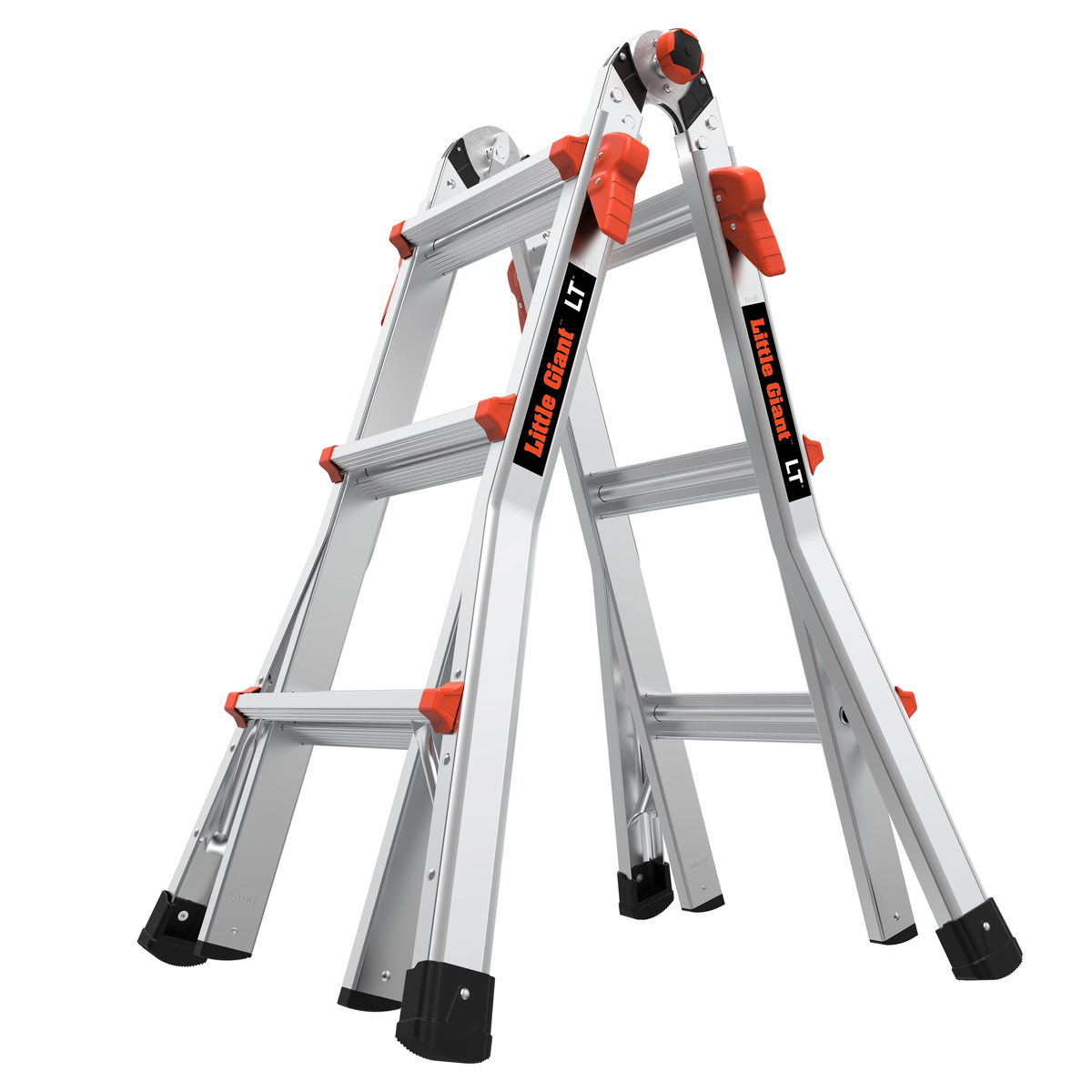
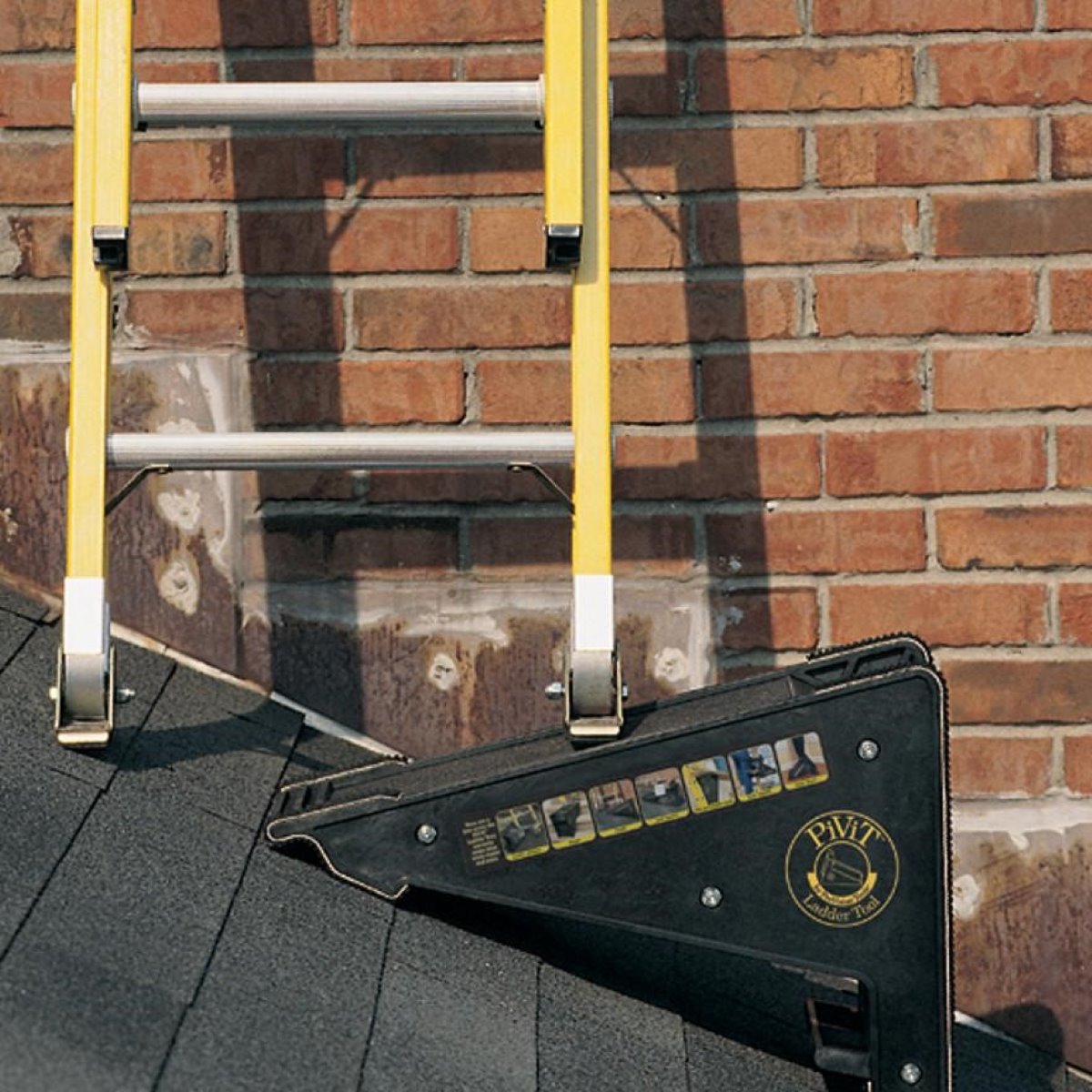
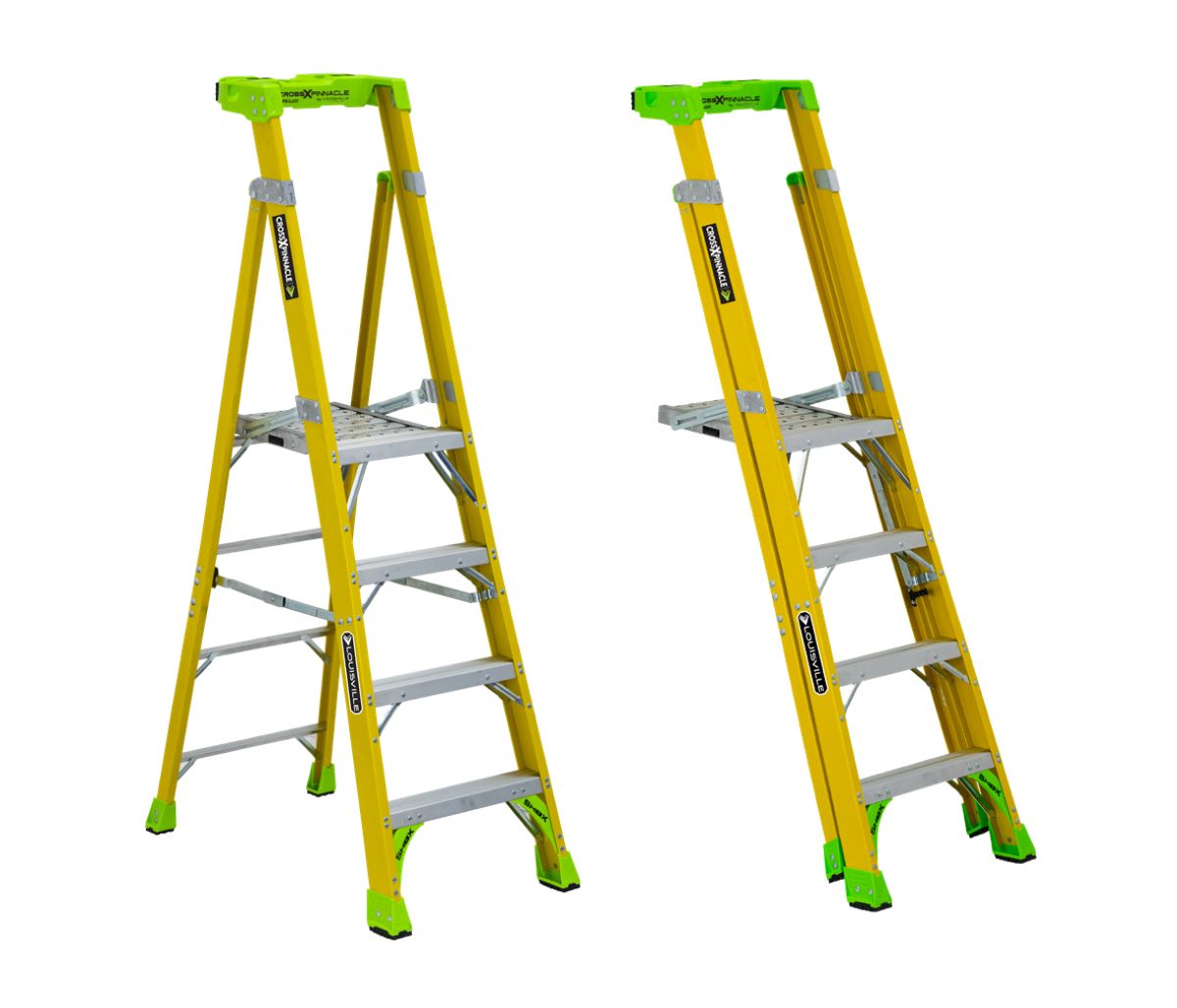
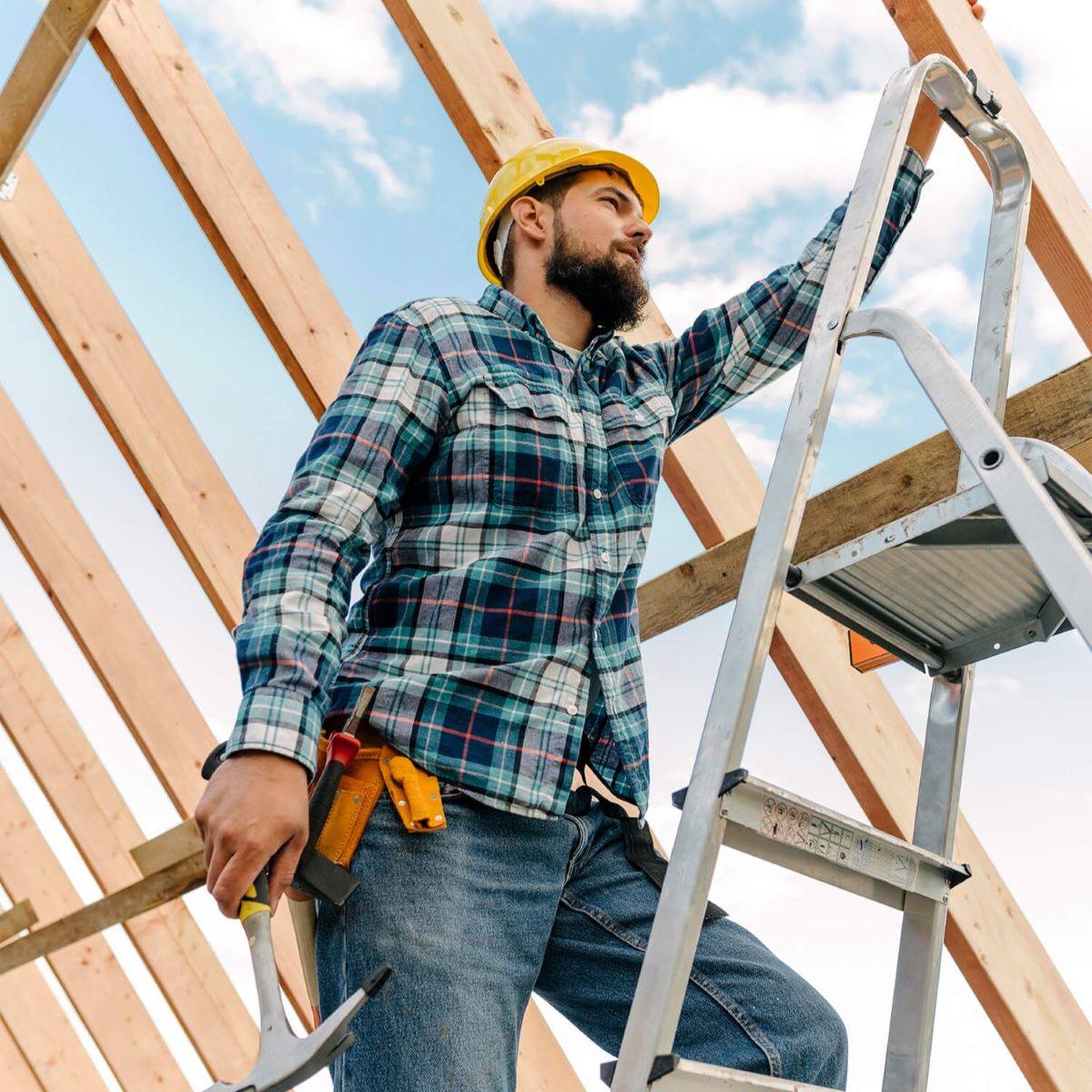
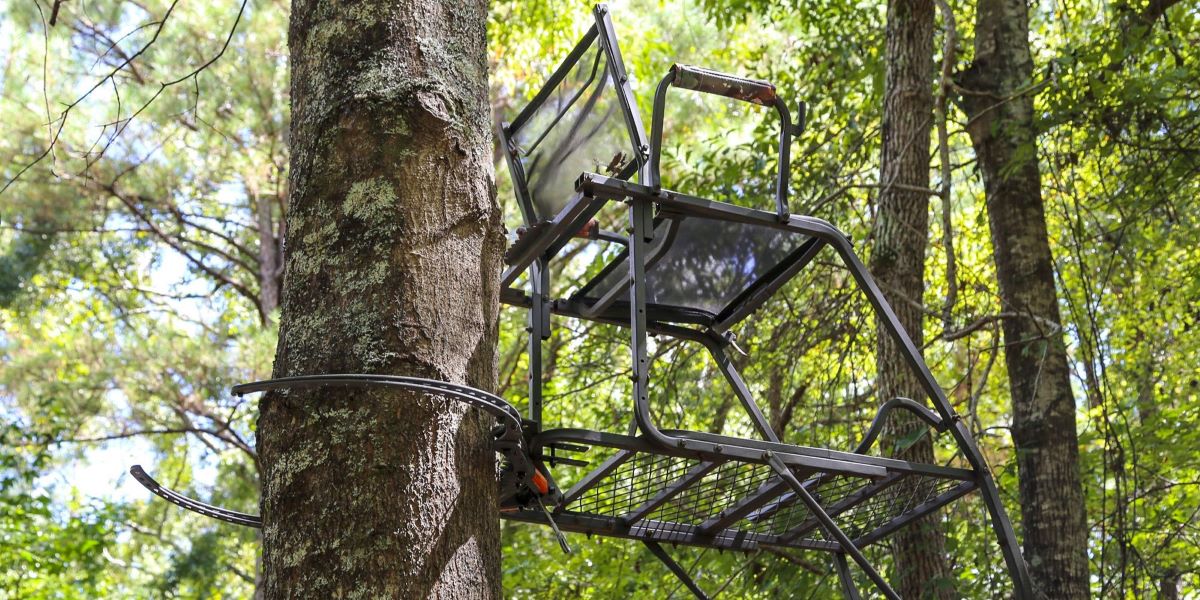









0 thoughts on “How To Set Up Little Giant Ladder”